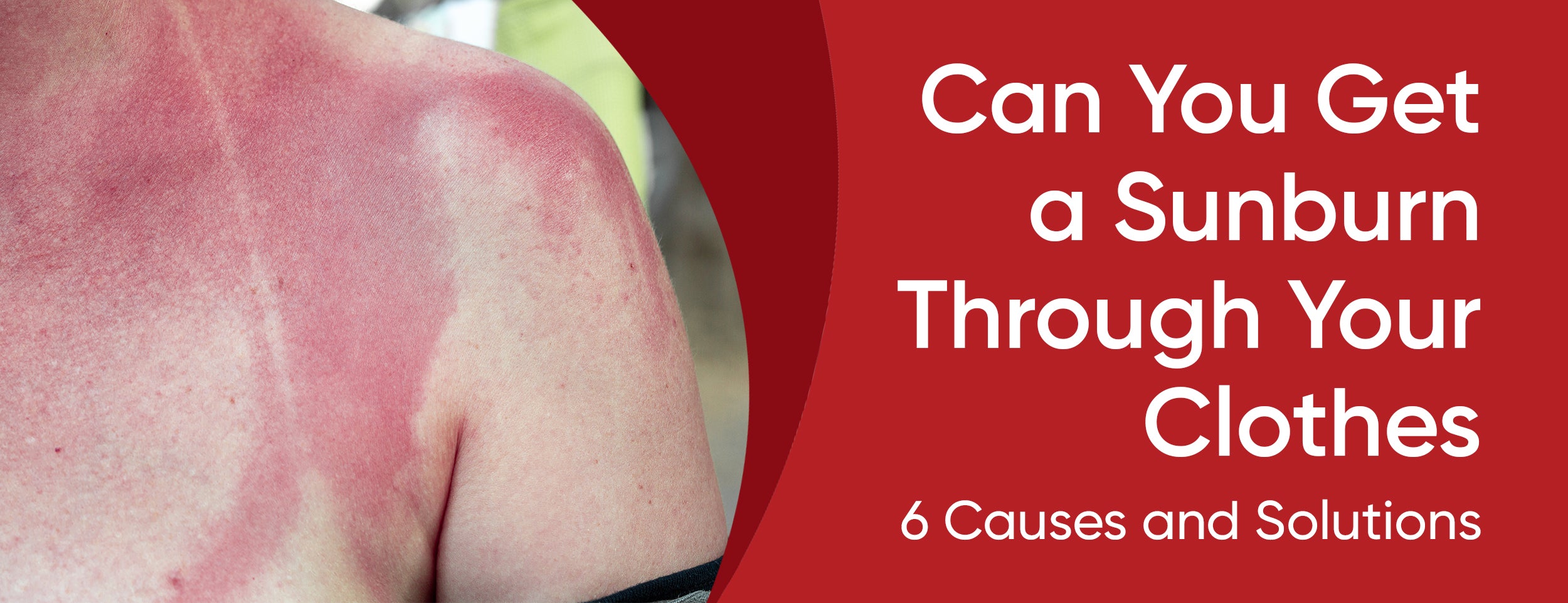One of the most challenging aspects of sunburn is trying to get a good night's sleep. The burning pain and discomfort can make it almost impossible to rest peacefully.
Opt for a sleeping position that avoids putting pressure on the sunburned areas. Sleeping on your back or using extra pillows for support can help reduce contact with the affected skin.
In this article, we will explore the different ways to sleep with sunburn on specific body parts, factors to consider when sleeping with a sunburn, preparation before bedtime, and tips for better sleep with sunburn. You can ease your discomfort and facilitate the healing process.
How Do You Sleep with a Sunburn: 6 Factors to Consider

You can sleep more comfortably with a sunburn if you consider certain factors. We will explore the various concerns that come with sunburned skin and sleeping.
Severity and Extent of the Sunburn
Sunburn severity is an essential factor to consider when trying to sleep. If a sunburn is mild, it may not cause much discomfort, but a severe sunburn can make even the slightest movements painful. Here are some tips to help alleviate pain:
- Take pain relievers: Ibuprofen, for example, is an over-the-counter medication that can relieve pain and reduce inflammation.
- Cool down: Applying a cool compress or shower soothes and reduces inflammation.
- Stay hydrated: Drinking fluids will help prevent dehydration and aid healing.
Location of the Sunburn
The location of the sunburn can also impact sleep quality. For example, a sunburn on the back can make it difficult to sleep on one's back. Here are some tips for sleeping based on the location of the sunburn:
- Back: Sleeping on your stomach may be more comfortable with a back sunburn. It is also possible to sleep on your side with a pillow between your legs if you prefer.
- Chest: Wearing loose clothing or sleeping without a shirt can help alleviate discomfort for chest sunburns.
- Face: Using aloe vera or a cool compress on a facial sunburn can help alleviate discomfort. It can also be beneficial to sleep in an elevated position to reduce swelling.

Pain and Discomfort Level
The pain and discomfort level of a sunburn can vary from person to person. Listed below are some tips for relieving discomfort:
- Stay calm: Sleeping in a cool room or using a fan can help reduce the feeling of heat from sunburn.
- Moisturize: A gentle moisturizer, aloe vera, can help ease dryness and itchiness.
- Choose comfortable clothing: Wearing loose, breathable clothing can help prevent further irritation to the sunburn.
Itchiness and Peeling
Itchiness and peeling are common symptoms of sunburn. To alleviate discomfort, follow these tips:
- Avoid scratching: It can irritate the wound and prolong the healing process. Consider applying a cool compress or taking a cool bath instead.
- Exfoliate: Once the sunburn has peeled, gently exfoliating can remove dead skin and promote healing.
- Stay moisturized: Moisturizing the affected area can help alleviate dryness and reduce the risk of further peeling.
Clothing and Bedding Materials

The material of clothing and bedding can also impact sleep quality. To alleviate discomfort, try these tips:
- Choose breathable materials: Wearing loose, breathable clothing from lightweight materials such as cotton will help prevent further irritation.
- Use soft bedding: Soft, breathable bedding made from fibres such as bamboo or cotton may reduce discomfort caused by sunburn.
Room Temperature and Humidity
It is also possible for room temperature and humidity to influence sleep quality. Tips for easing discomfort:
- Keep the room cool: Avoid feeling sunburned by using a fan or sleeping in a cool room.
- Use a humidifier: Humidity can prevent dryness and reduce discomfort caused by sunburn.
Sleep with a Sunburn: 6 Specific Body Parts
Sunburn can be painful and make it challenging to fall asleep, leaving you tossing and turning all night. We will go over how to sleep with a sunburn and focus on different body parts that can be affected by sunburn.
Sleeping with Sunburned Legs
Having sunburn on your legs can make it uncomfortable to sleep, but luckily there are remedies that can relieve the pain and promote healing. Tips to help you sleep better with sunburn on your legs:
- Elevate your legs: Use pillows to raise your legs slightly to reduce swelling and ease the pain.
- Apply aloe vera gel: Aloe vera has a cooling effect and can help soothe your sunburn. Apply generously before going to bed.
- Wear loose clothing: Tight clothing can irritate your skin and make it harder to sleep comfortably. Opt for an open, flowy dress made of lightweight, breathable fabrics.
- Take a pain reliever: Inflammatory medicines, such as acetaminophen and ibuprofen, may alleviate inflammation associated with sunburn.

Sleeping with Sunburned Shoulders
Sunburn on your shoulders can make it challenging to find a comfortable sleeping position. But don't worry. With these tips, you can get a good night's sleep:
- Use cold compresses: Cold compresses can help soothe your sunburn and reduce inflammation. Use a cold, damp towel or a bag of frozen peas wrapped in a towel.
- Sleep on your back: Sleeping can help alleviate shoulder pressure and reduce pain. Use pillows to support your head, neck, and shoulders.
- Apply moisturizer: Moisturizer can help prevent your skin from drying out and becoming more irritated. Choose a fragrance-free lotion or cream and apply it before bedtime.
Sleeping with Sunburned Backs and Shoulders
Sunburn on your back and shoulders can be particularly challenging to deal with when it comes to sleep. However, these tips can help make it easier:
- Prop yourself up: Use pillows to prop yourself up slightly to relieve pressure on your back. It is also possible to reduce swelling by elevating your head.
- Apply a cool compress: Place frozen peas on a towel or use a cold, damp towel to apply a cool compress to your sunburned areas.
- Take a lukewarm bath: A lukewarm bath can help reduce sunburn pain and inflammation. Do this before bedtime to soothe your skin and help you sleep better.
Sleeping with Sunburned Blisters
Sunburn blisters can be painful and challenging to manage. Nevertheless, with these tips, you'll be able to sleep more comfortably during the healing process:
- Keep your blisters clean: Use mild soap and cool water to clean your blisters before applying any creams or ointments.
- Avoid bursting the blisters: Blisters protect the new skin growing underneath them. Do not burst them, as this can increase the risk of infection.
- Cover your blisters: Use a sterile non-stick gauze or bandage to cover your blisters. This can help reduce friction and prevent infection.
- Apply an antibiotic ointment: Apply an over-the-counter antibiotic ointment, such as Bacitracin, to reduce the risk of infection and promote healing.
Sleeping with Sunburned on Your Face

Sunburn on your face can be incredibly uncomfortable and painful. Follow these tips to help you get better sleep when you have sunburn on your face:
- Apply cool, damp towels: Dampen a few towels with cool water and lay them on your face. The irritation on your skin will be reduced as a result of this.
- Use a gentle moisturizer: Choose a fragrance-free moisturizer and apply it to your face before bed. Dry and irritated skin can occur if it is not moisturized.
- Sleep on your back: Sleeping on your back can reduce the pressure on your face, making it easier to sleep comfortably.
Sleeping with Sunburned on Your Arms
Sunburn on your arms is painful and makes it difficult to sleep. Follow these tips to promote healing and alleviate the pain:
- Apply aloe vera: Aloe vera can help reduce inflammation and soothe sunburned skin. Apply generously to your arms before bedtime.
- Use cold compresses: Use a warm cloth or a bag.
Sunburn Better Sleeping: 6 Tips
Sleeping with a sunburn can be an arduous task, leaving you restless and uncomfortable throughout the night. We'll explore tips that can help you sleep better with a sunburn.

Choosing Loose and Breathable Clothing
Choosing loose and breathable clothing can have a significant impact on your sleep quality. By opting for an open and airy dress, you can avoid irritating your sunburns by minimizing friction against the skin. The following points might help:
- Opt for clothes made of 100% cotton or linen materials.
- Loose, lightweight, and airy apparel like oversized T-shirts or sundresses can provide air ventilation and prevent further irritation.
- Avoid tight or form-fitting clothes that might aggravate the pain.
Using Soft and Smooth Bedding
Using soft and smooth bedding can have a soothing effect on your sunburnt skin. Choosing bedding materials that are gentle and smooth on the skin can help you sleep better at night. The following tips can help:
- Use cotton sheets or bamboo fabrics that feel soft and silky against the skin.
- Avoid synthetic fabrics that might irritate the skin further.
- Consider using silk pillowcases that keep the skin hydrated by reducing the overall moisture loss.
Keeping the Room Cool and Dry

A calm and dry room can do wonders for your sunburns. The cooler the temperature, the less heat you put on the skin. Here are some tips:
- Maintain a temperature of around 18-20 degrees Celsius (64-68 degrees Fahrenheit) in your room, which is comfortable for sleeping.
- Use fans or air conditioning to maintain a steady flow of cool air in your room.
- Use a dehumidifier to keep the air dry and reduce the overall moisture level in your room.
Using a Fan or Air Conditioning
Comfortable sleeping conditions can be created using a fan or air conditioner. By maintaining the right temperature, you can improve your sleep quality and get better rest. Here are some tips for cooling or heating with a fan:
- Regulate the temperature to your comfort level.
- Use a fan to direct the cool air towards you and keep the body temperature in check.
- If you're using an air conditioner, ensure the temperature is not too low.
Avoiding Activities That Increase Pain and Discomfort
Painful and uncomfortable activities should be avoided as they can severely affect sleep quality. Here are some tips for reducing pain and discomfort:
- Avoid scratching or rubbing the sunburnt area, as it might cause further irritation.
- Stay away from any activity that involves sweating or friction in the sunburnt area.
- Refrain from hot baths or showers as they might dry out and aggravate the skin.

Relaxation Techniques
Stress can be reduced and restful sleep can be promoted with yoga, meditation, and deep breathing. By reducing stress, you can relax and get better sleep. To help you relax, here are a few tips:
- Practice deep breathing exercises before bed to calm your mind.
- Meditate for a few minutes to reduce stress levels.
- Practice yoga postures that focus on deep breathing and relaxation techniques.
Conclusion
Sunburns require enough rest to heal. A sunburn may make it difficult to fall asleep because of the pain, itching, and discomfort often accompanying sunburns. However, by following the tips we've discussed in this article, you can create a comfortable environment for better sleep and aid in the healing process.
Remember to assess sunburn severity and extent and take the necessary preparatory steps before bedtime. Lastly, choose comfortable clothing and bedding, keep the room cool and dry, and practice relaxation techniques to ensure a restful night's sleep. With these tips, you'll be sure to wake up feeling refreshed and on your way to recovery.




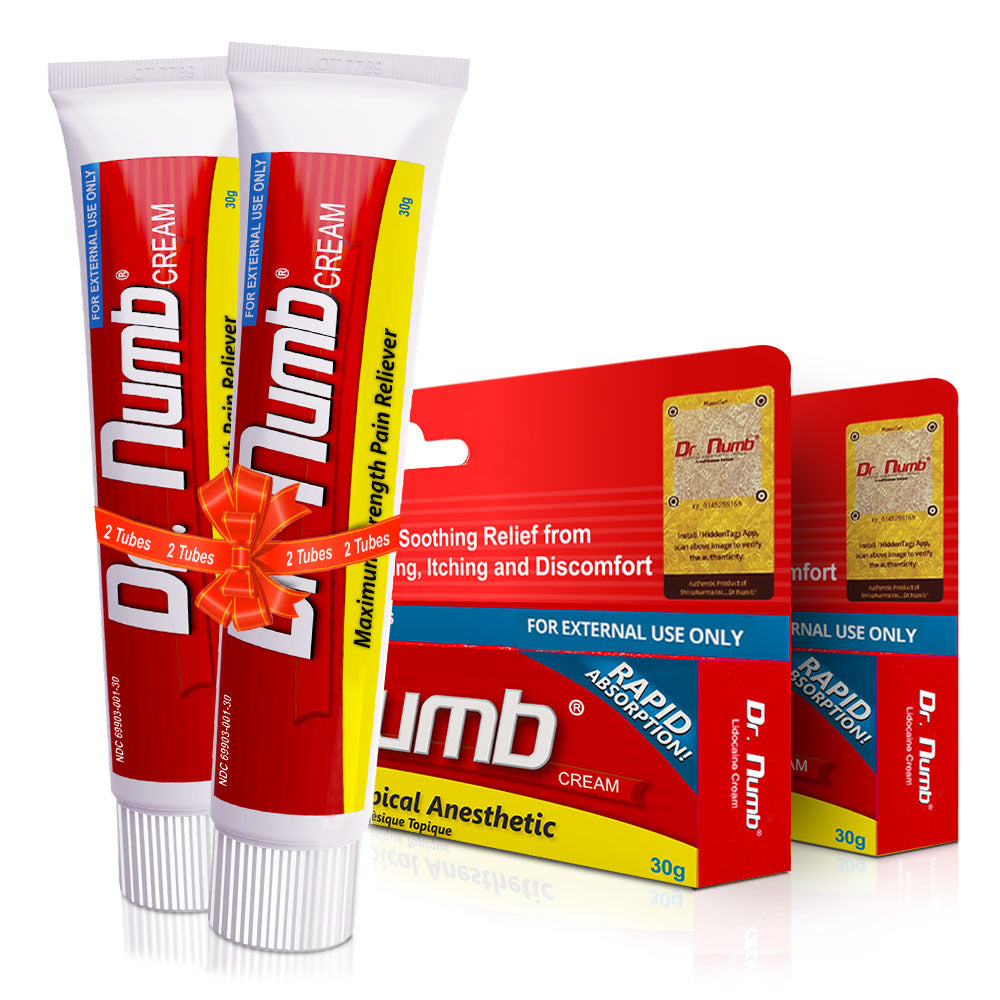

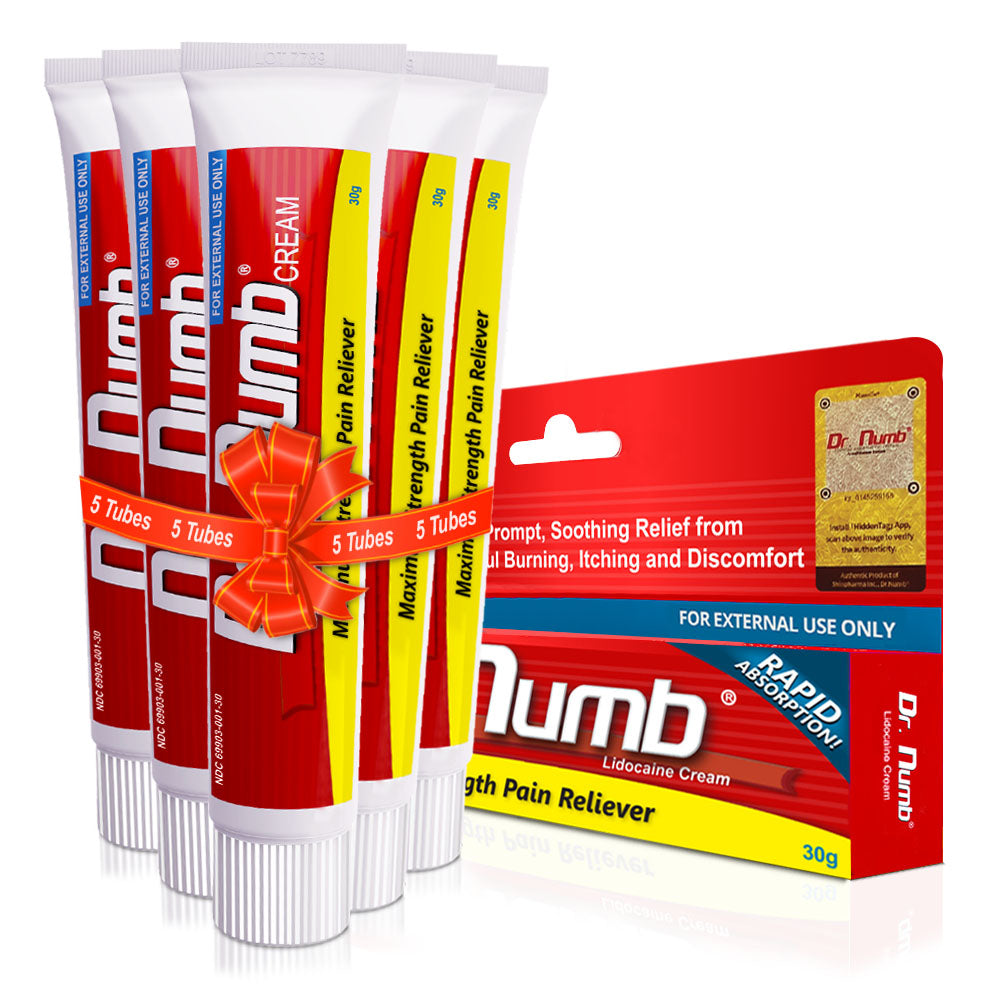
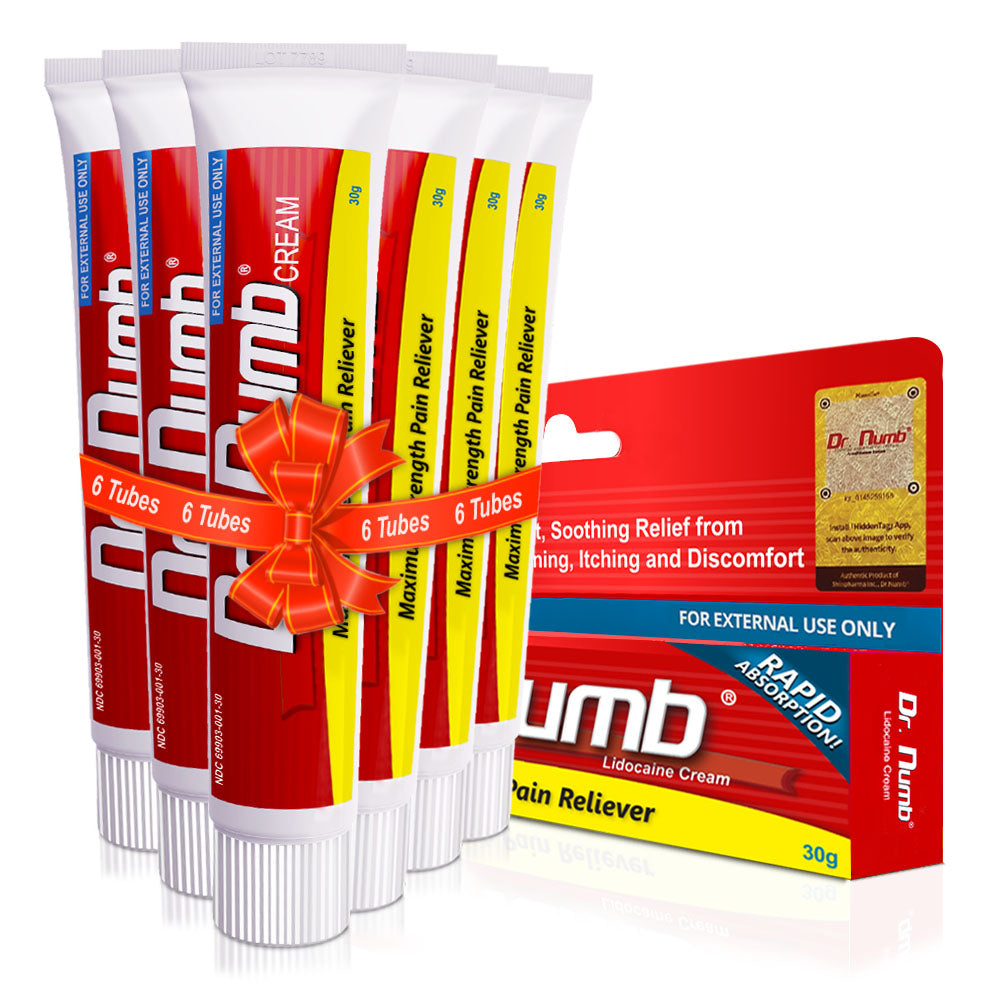
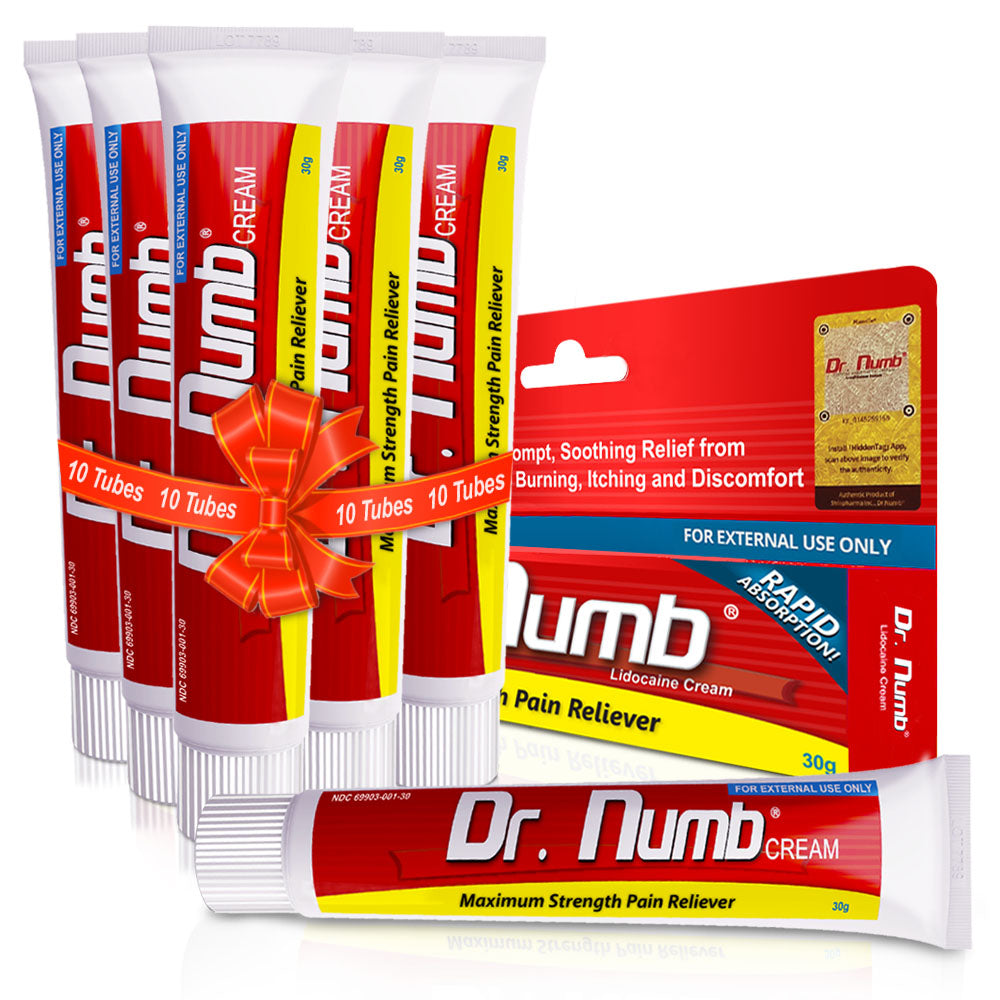
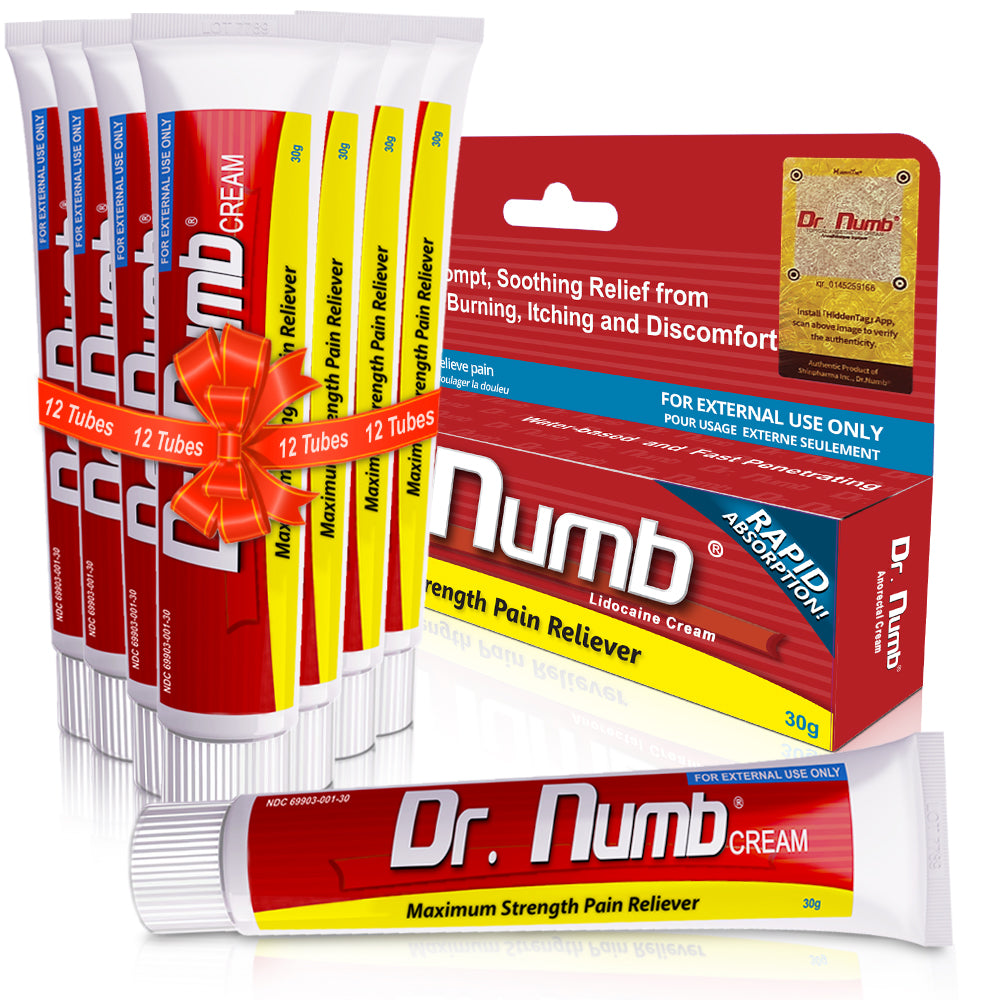





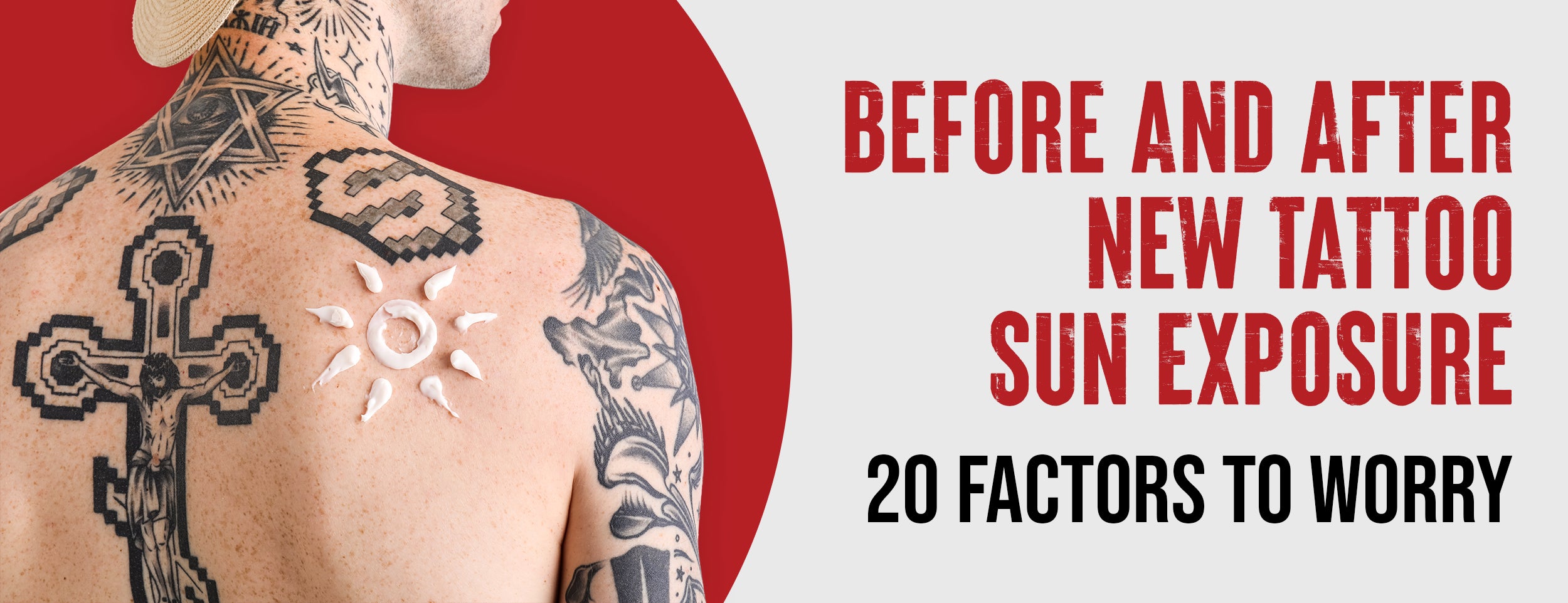
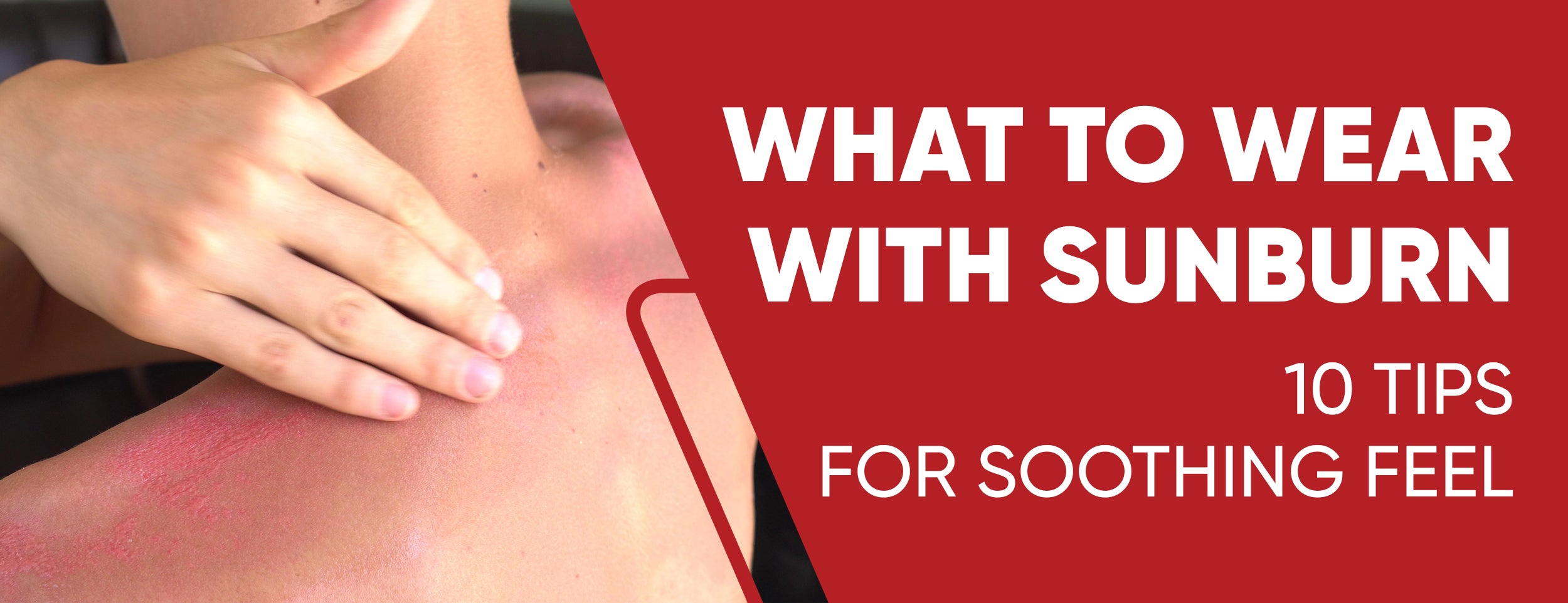
![How to Cover Sunburn With Makeup: 15 Ideas [Easy Solutions]](http://drnumb.com/cdn/shop/articles/How_to_Cover_Sunburn_With_Makeup__15_Ideas_Easy_Solutions.jpg?v=1705581434)
